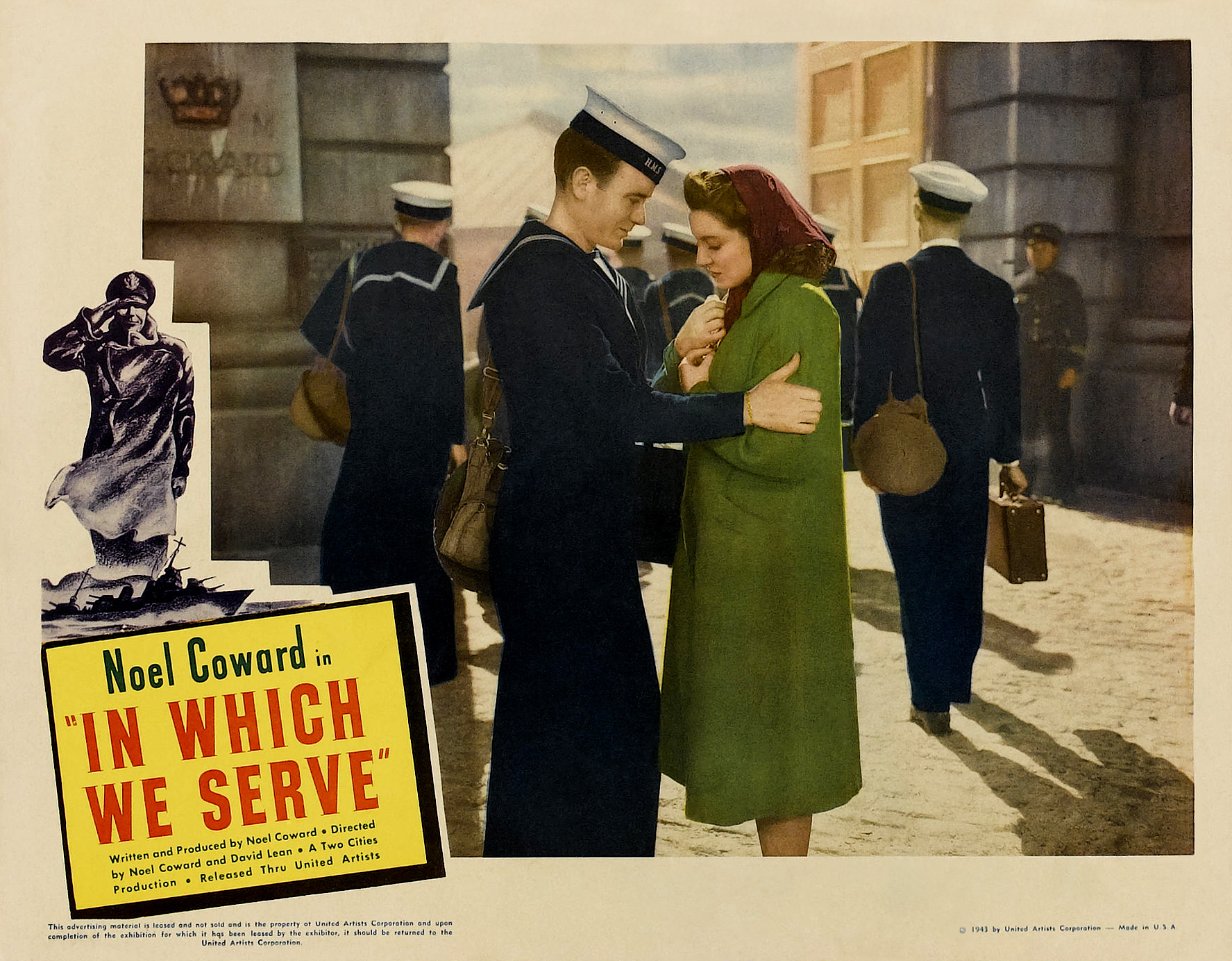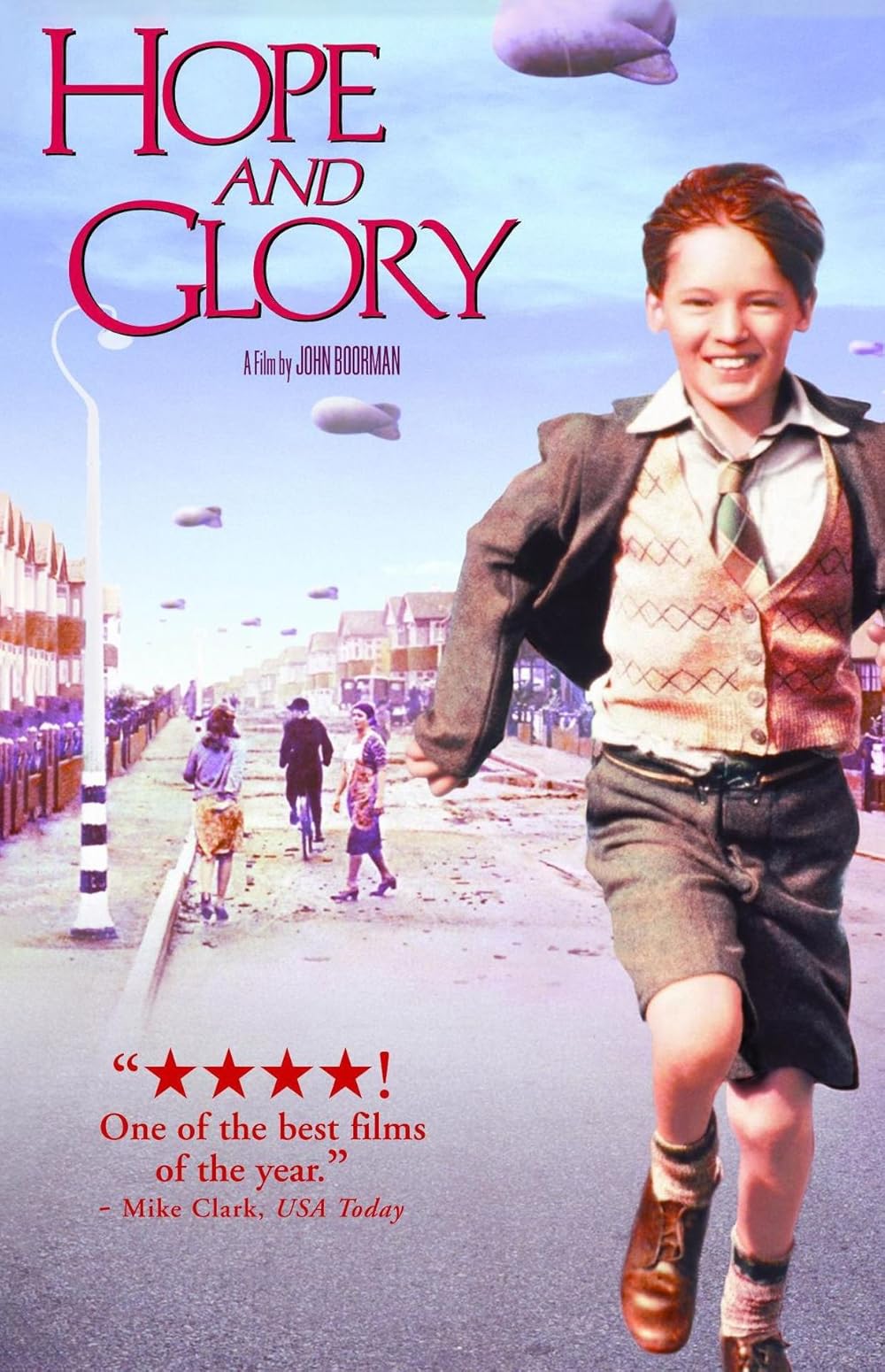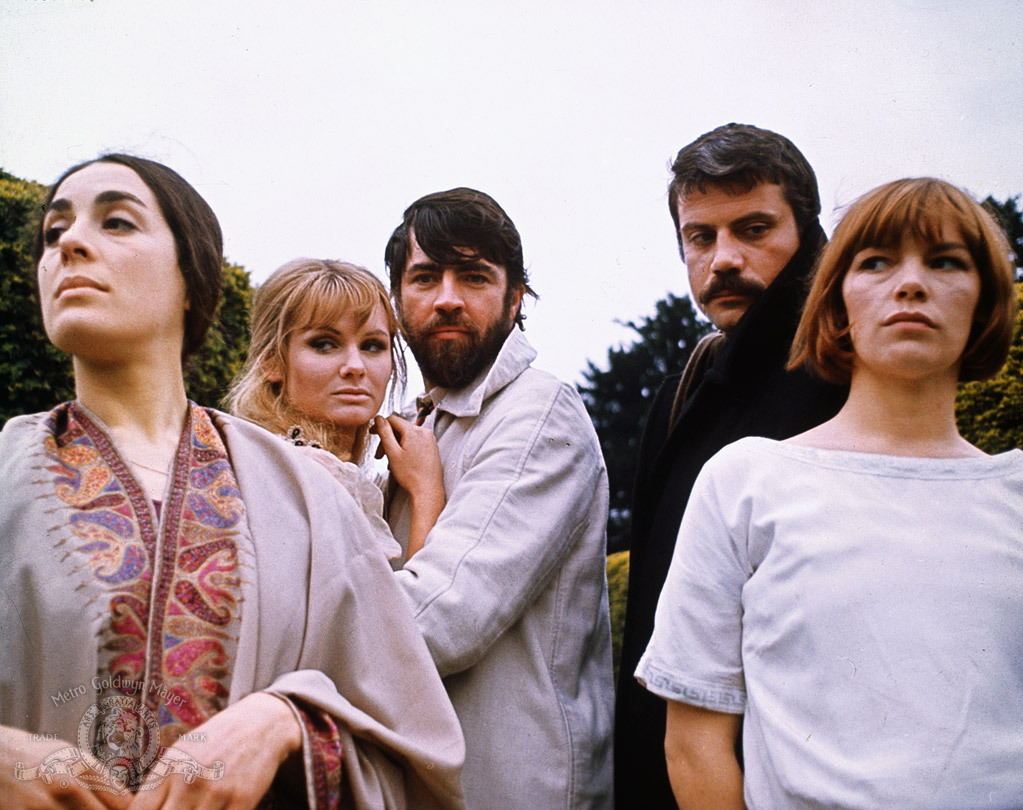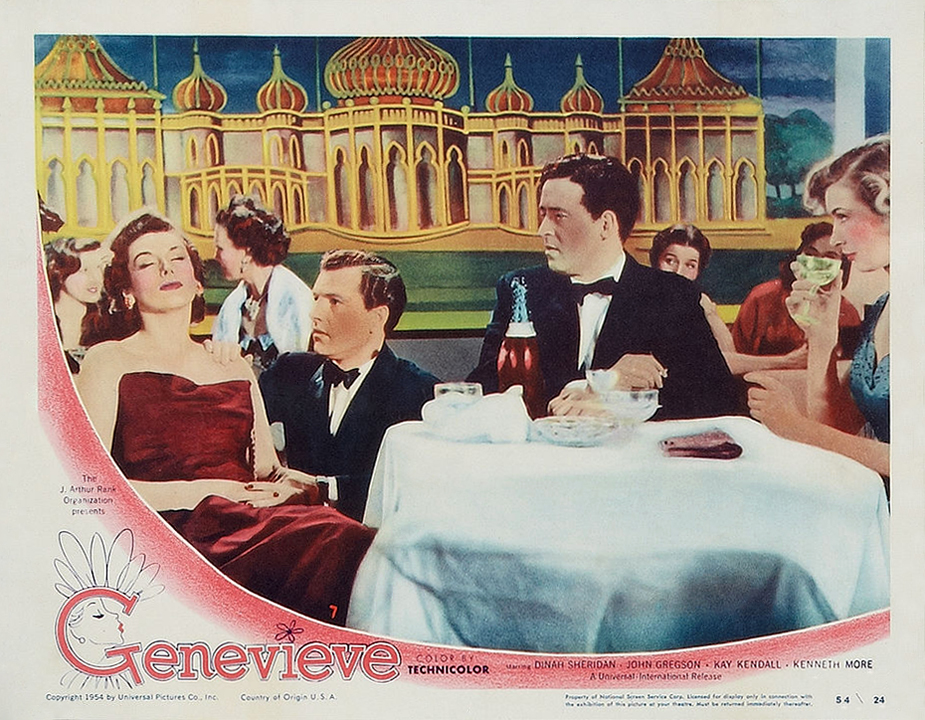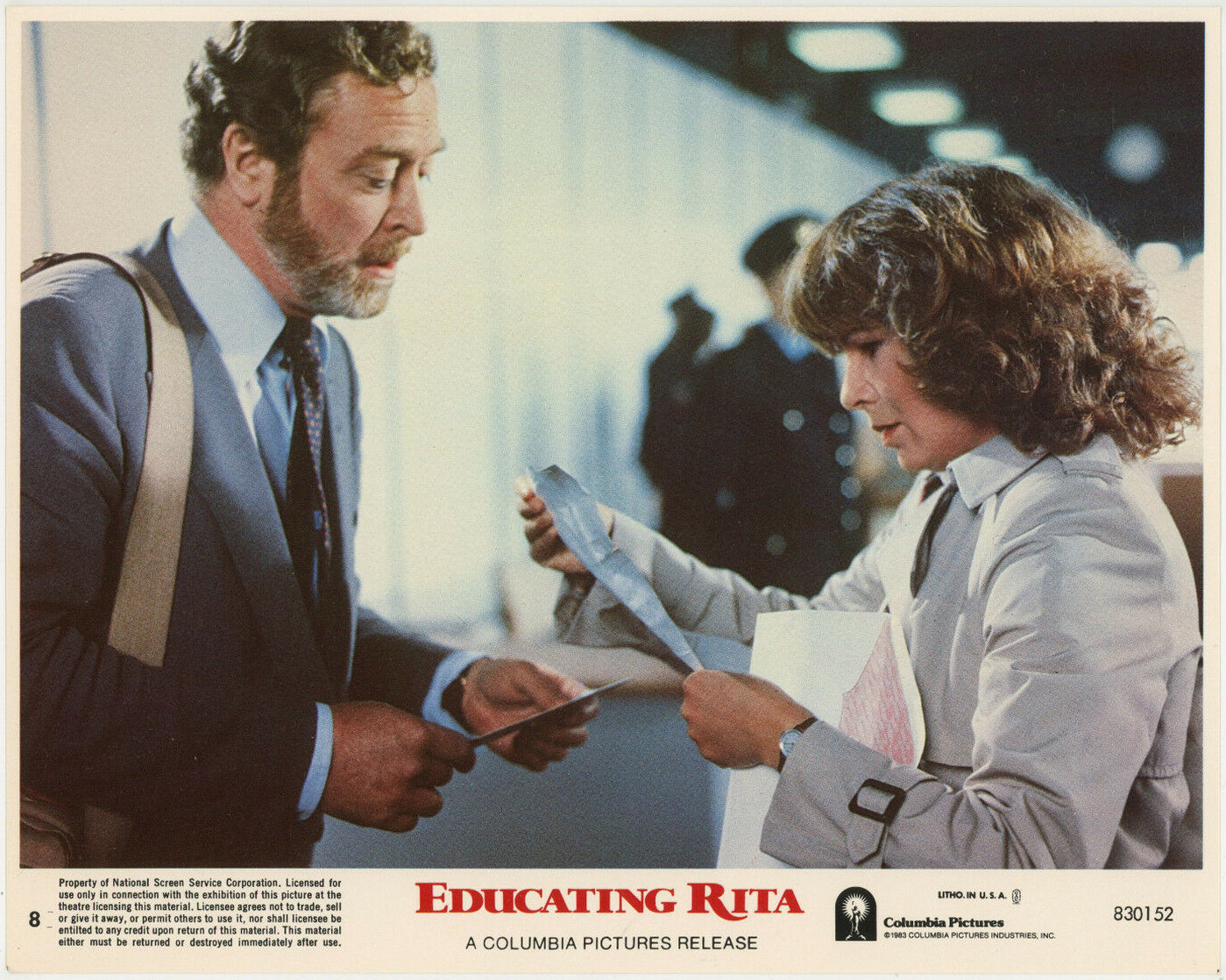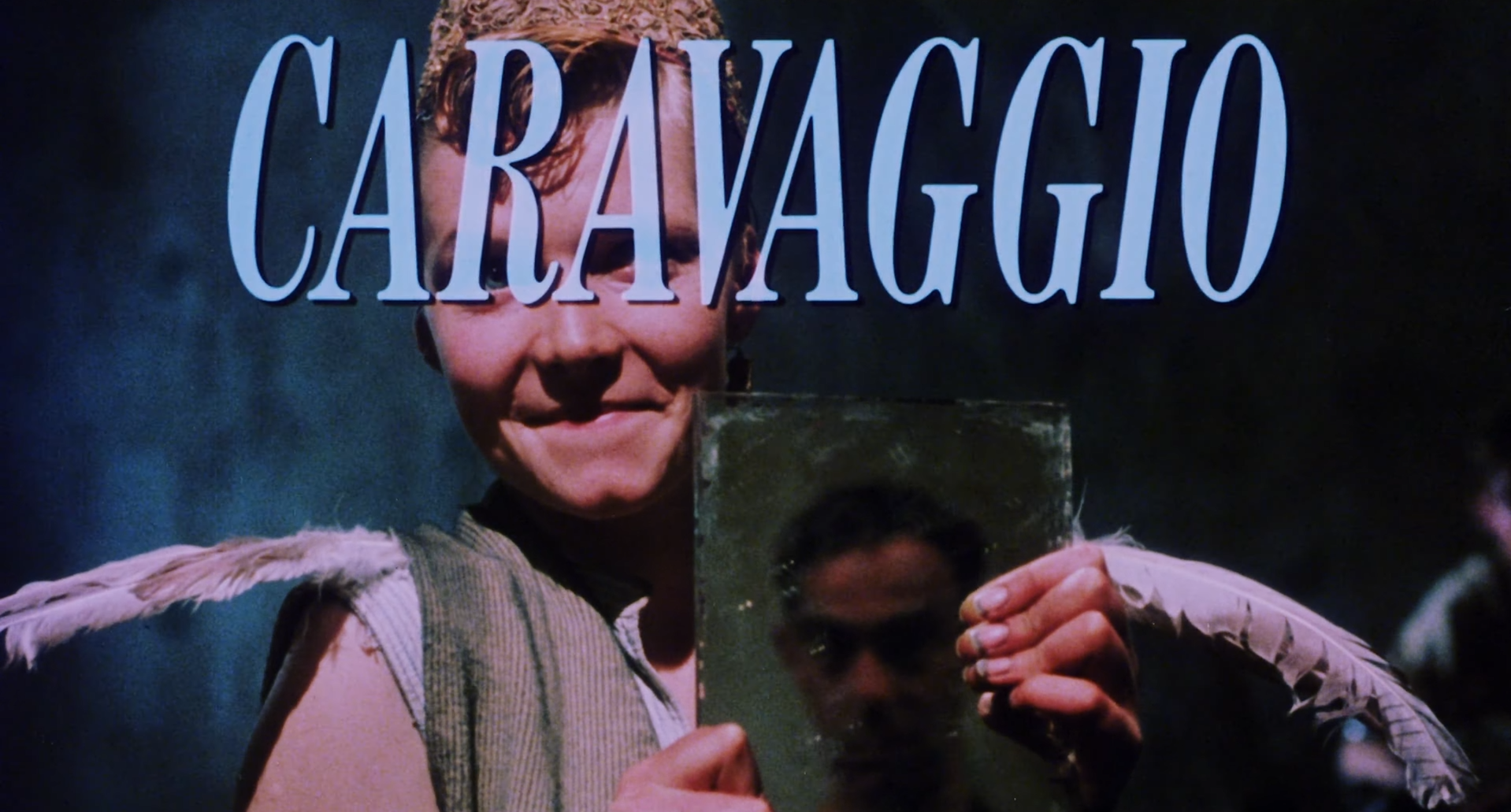
10 Interesting Facts and Figures About “Caravaggio” (1986, Derek Jarman)
Derek Jarman’s “Caravaggio” is a visually stunning and thought-provoking film that explores the life and work of the renowned Baroque painter. Released in 1986, the film combines historical narrative with Jarman’s unique artistic vision, creating a rich tapestry of imagery and emotion. Here, we delve into ten fascinating facts and figures about this classic British film that highlight its significance and impact.
1. A Unique Interpretation of Art
“Caravaggio” is not just a biopic; it is an artistic exploration of the life of the painter, blending fact and fiction. Jarman’s interpretation emphasizes the emotional and psychological aspects of Caravaggio’s work, using his paintings as a lens through which to view the artist’s tumultuous life.
2. Innovative Use of Lighting
Jarman, known for his bold visual style, employed innovative lighting techniques to mirror Caravaggio’s own use of chiaroscuro. This dramatic contrast between light and dark not only enhances the film’s aesthetic but also reflects the internal struggles of its characters.
3. Short Production Timeline
The film was shot in a remarkably short period, taking just six weeks to complete. Jarman’s efficiency in production allowed for a streamlined process that captured the essence of Caravaggio’s dynamic life.
4. A Celebrated Cast
The film features a talented ensemble, including Nigel Davenport as the older Caravaggio and Tilda Swinton in one of her earliest roles as the character Lena. The casting choices contribute significantly to the film’s depth and emotional resonance.
5. Budget Constraints
Jarman worked with a modest budget of approximately £800,000. Despite financial limitations, he managed to create a visually striking film that has been praised for its artistic merit and creativity.
6. Emphasis on LGBTQ+ Themes
“Caravaggio” is notable for its exploration of LGBTQ+ themes, particularly in the context of the artist’s relationships. Jarman, an openly gay filmmaker, infused the narrative with a sense of queerness that challenges traditional portrayals of historical figures.
7. Cinematography by Peter Greenaway
The film’s cinematography was handled by Peter Greenaway, known for his own avant-garde approaches to filmmaking. His collaboration with Jarman brought a distinct visual flair that complemented the film’s thematic elements.
8. Critical Acclaim
Upon its release, “Caravaggio” received critical acclaim, garnering praise for its artistic approach and Jarman’s direction. It has since become a significant work in the canon of British cinema and is studied for its innovative storytelling techniques.
9. Award Recognition
The film was nominated for several awards, including the Best Art Direction at the BAFTA Awards. Its artistic contributions have been recognized in various film festivals and retrospectives.
10. Influence on Future Filmmakers
“Caravaggio” has left a lasting impact on filmmakers and artists alike, influencing a generation of creatives who admire Jarman’s boldness and creativity. The film’s exploration of subjectivity in art continues to inspire discussions about the relationship between artist and work.
Conclusion
Derek Jarman’s “Caravaggio” remains a landmark film that intertwines art and cinema in a profound and thoughtful manner. Through its innovative techniques and thematic depth, the film not only tells the story of a legendary painter but also invites viewers to reflect on the complexities of identity, artistry, and love. These ten facts and figures illuminate the enduring legacy of “Caravaggio,” highlighting its importance in the landscape of British film history.

